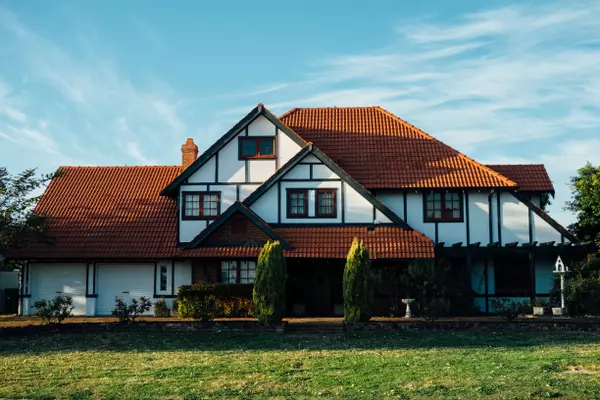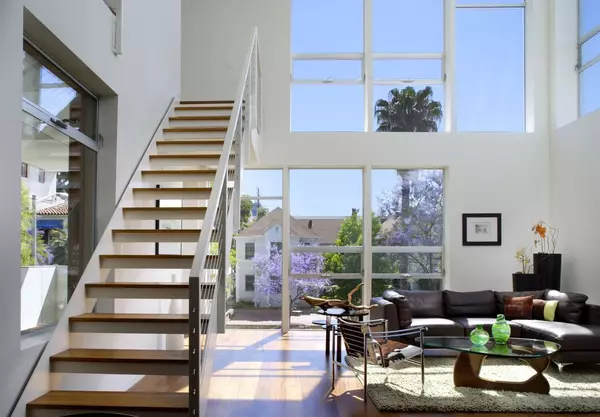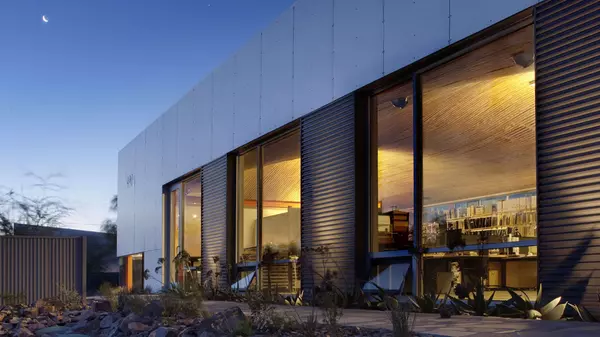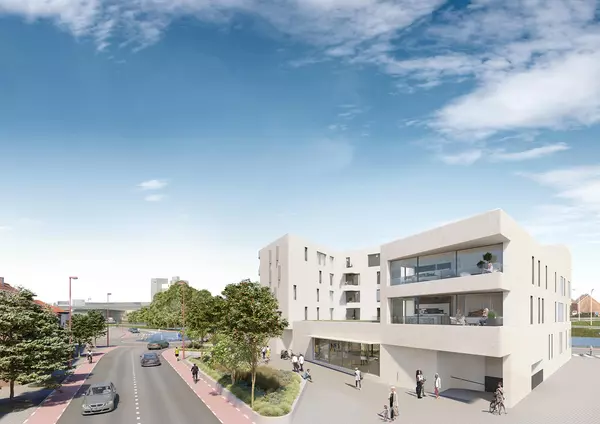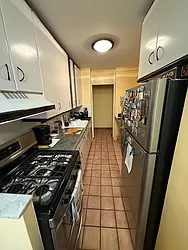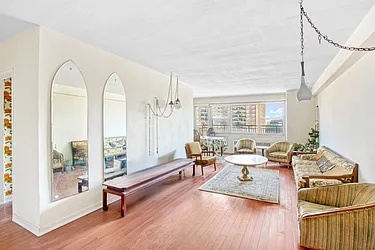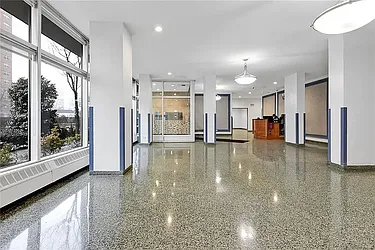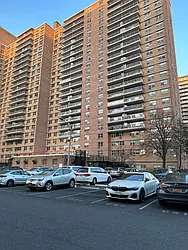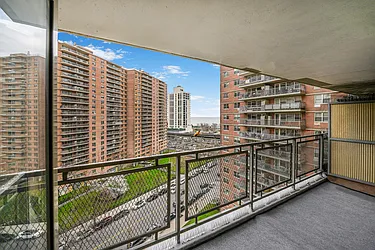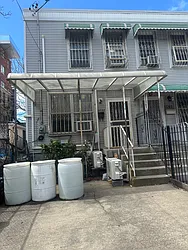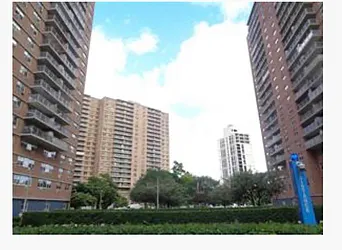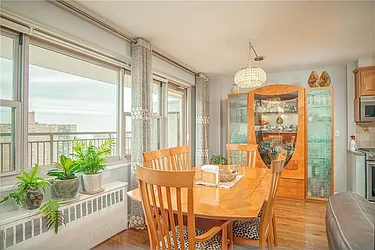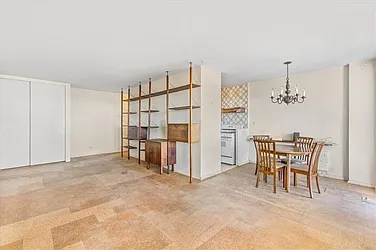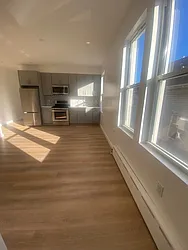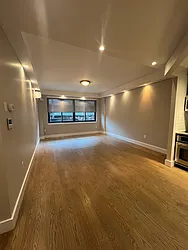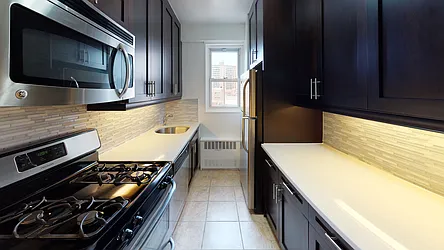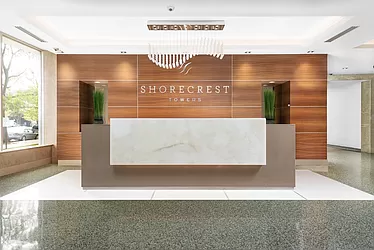What to Know about Living in Coney Island, Brooklyn
The words "Coney Island" might conjure images of campy summertime thrills-including throwback amusement parks scented by the salty ocean air-but locals know that there's so much more to it than that.
"My favorite thing about Coney Island is that it has so many cultural events and family friendly activities," says Daisy Delamata, licensed real estate salesperson with Keller Williams, StreetEasy Expert, and Brooklyn native. "The neighborhood itself is so whimsical."
Indeed, Coney Island is perhaps the ultimate beach town: a neighborhood where nostalgia and reinvention meet by the sea, all within a 52-minute subway ride of Midtown Manhattan. Once nicknamed the “Playground of the World,” Coney Island remains an enduring symbol of joy, resilience, and - yes - arguably the source of the best hot dogs on planet earth. Here's why it's worth moving to. BYO sunscreen.
Where is Coney Island?
Perched at the Southern tip of Brooklyn, Coney Island is bordered by Brighton Beach to the East and Gravesend to the north. But you're probably not here for that - you're here for the Atlantic Ocean, swirling along the shore and making Coney Island both a neighborhood and a seaside destination. It is easily accessible via four (!) subway lines (the D, F, N, and Q), which terminate at the Coney Island–Stillwell Avenue station - made famous in HBO's Girls.

A Brief History of Coney Island
It's somewhat ironic that Coney Island is beloved for its neon-lit boardwalk, because long before the amusement parks broke ground here, the indigenous Lenape called it the narrioch - or, reportedly, "land without shadows." Dutch settlers arrived in the 17th century, and although sources dispute the origin of the neighborhood's name, “Coney” likely derives from the Dutch word for rabbit - konijn - a nod to the wild rabbits that once bopped around the dunes.
Proof New Yorkers love a beach getaway: by the late 19th century, Coney Island blossomed into one of the top seaside resorts in the nation, with glittering Gilded Age hotels, bathhouses (i.e. ye olden spas), and amusement parks. Attractions like The Cyclone roller coaster (built in 1927) and the Wonder Wheel (open since 1920) quickly became iconic.

However, Coney Island's fortunes waxed and waned over the decades. Fires, economic downturns, and urban decline took their toll. Yet time and again, the community and city leaders have worked to revive and preserve its spirit. Today, Coney Island is experiencing a bit of a renaissance, with new developments and cultural programming helping the neighborhood write its next chapter.
So Why is Coney Island Such a Great Place to Live?
You could call it an (ahem) shore thing. Unlike almost anywhere else in New York City, Coney Island has the rare combination of beachfront living at relatively affordable prices - a coveted offering in the nation's largest metropolis. Many apartments and homes come with ocean views, plus the 2.7-mile boardwalk and beach, right at residents’ fingertips. Sure, that shoreline is thronged in summer, but when you live there, you'll be a quick stroll from the sand in the early morning (when it's practically empty, aside from a few seagulls) and in the off-season, when beachcombing is stellar.
Architectural Highlights
The architecture of Coney Island tells the story of its layered past. Along the boardwalk and Surf Avenue, you’ll find historic buildings such as the landmarked Childs Restaurant Building (now part of the Ford Amphitheater), which showcases fanciful Spanish Colonial Revival architecture with terracotta sea creatures and nautical motifs.
In the residential areas, the landscape is a mix of Art Deco apartment buildings from the 1920s and 1930s, postwar brick co-ops, colorful bungalows, and newer high-rise developments. "It is definitely an up and coming, beautiful area," Delamata says.Recent development projects are making waves, such as zero carbon and ultra-hip 1515 Surf and glass walled Ocean Drive, which have added sleek residences to the skyline, offering modern amenities while capitalizing on the Atlantic views. With options like that, it may not be long until Real Housewives of Coney Island comes to a screen near you! (Yes, we're joking. But the palpable glamour doesn't lie.)

Buying in Coney Island
If you're saying "Shell we stay forever?" You have good reason.
"I think the market has changed remarkably in the past four years or so," Delamata says. "We’re getting a lot of new development."
For buyers who want to put down roots near the sand, Coney Island represents an opportunity to own near the beach at prices that are still lower than many other parts of Brooklyn. As of March 2025, the median asking price in Coney Island hovers around $399,000, according to StreetEasy data, though waterfront condos and new developments can command significantly higher figures.
Coney Island Homes Under $1M On StreetEasy Article continues below
The area’s co-op market remains robust, offering spacious prewar units at accessible prices. Newer condo developments, often with luxurious amenities like pools, gyms, and doormen, appeal to young professionals, empty nesters, and investors alike. Given Coney Island’s ongoing redevelopment, many real estate experts view it as an emerging value play within Brooklyn's real estate landscape.
Notably, some parts of Coney Island are designated Opportunity Zones, offering potential tax advantages to investors looking to get in early on a neighborhood that's very much on the upswing.
Renting in Coney Island
Want to tote your beach chairs to the shore for the short-term? Renters will find a wide variety of options, from classic apartments in older buildings to brand-new luxury units steps from the beach.
Coney Island Rentals Under $3K On StreetEasy Article continues below
"If you’re looking for a fun, affordable place, Coney Island is definitely the place to go because again, it’s up and coming, [with] a lot of beautiful new development and you’re so close to the water and transportation," Delamata notes.
According to StreetEasy data, the median asking rent in Coney Island was $3,355, as of March 2025 - that's slightly below the borough's median asking price of $3,500.

Parks and Green Spaces
While the beach itself is Coney Island's ultimate playground, the neighborhood also has several decidedly more green spaces worth noting. To the northwest, Kaiser Park is a creekside bird watcher's paradise (look for double-crested cormorants and marsh hawks). Adjacent, the Coney Island Creek Park is a quieter slice of waterfront ideal for kayaking, fishing, or simply chillaxing away from the crowds. May we suggest a beach read?
What to Eat, Drink, and Do
Nathan's Famous Hot Dogs may be an institution, but it's only the beginning of Coney Island's almost addictive foodstuffs. Fantastic restaurant options abound for even the "foodiest" of New Yorkers, including beloved seafood joint Liman (the flame char-grilled octopus is exquisite) and Gargiulo's - a 1907 Italian grande dame where you can tuck into crispy rice balls under palazzo ceilings.
Also unmissable: the 14-acre New York Aquarium, just off the boardwalk, is chockablock with fun sights within its marine life exhibits - including 500 species and a 40-foot-long coral reef tunnel in which you'll see everything from zebra sharks to butterfly fish swimming above you.

As for entertainment, it's hard to beat, especially if you're into Old Time Americana, all caps. Luna Park and Deno's Wonder Wheel Amusement Park provide retro charm, ditto the minor league Brooklyn Cyclones playing at Maimonides Park. Summer concerts at the Ford Amphitheater, fireworks shows every Friday night, and quirky cultural events like the Coney Island Mermaid Parade (held in June) and the Coney Island Film Festival (held in May) keep the energy high - as high as the top of the 85-foot tall Cyclone roller coaster.
Thinking about buying in NYC? Chat with our complimentary, licensed Concierge to learn about the buying process & get matched with a top agent.
Categories
Recent Posts
